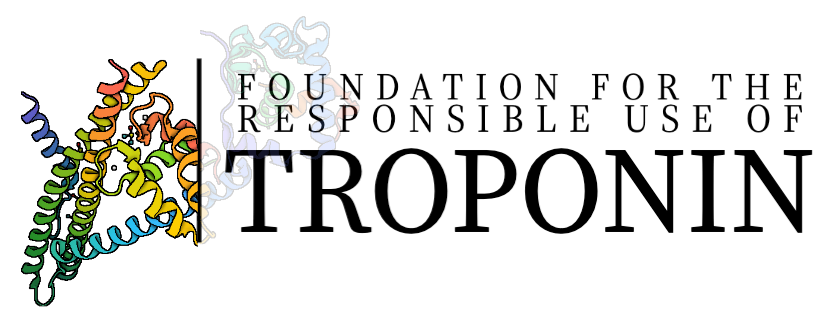Discordance of High-Sensitivity Troponin Assays in Patients With Suspected Acute Coronary Syndromes
Clinical question: Do differences in assay characteristics for high-sensitivity cardiac troponin (hs-cTn) impact the management of acute coronary syndrome (ACS)?
What is already known: Several diagnostic algorithms for various hs-cTn assays have been developed for the diagnosis of ACS.
Methods: The authors measured troponin using three hs-cTn assays (Roche Diagnostics, Elecsys 2010 platform; Abbott Diagnostics, ARCHITECT i2000SR; Siemens Diagnostics, HsVista) in 624 patients with suspected ACS enrolled in the ROMICAT (Rule Out Myocardial Infarction/Ischemia Using Computer Assisted Tomography) I and II trials. Per blood sample, they determined concordance across analytic benchmarks (<limit of detection [<LOD]/LOD-99th percentile/>99th percentile). Per-patient, the authors determined concordance of management recommendations (rule-out/observe/rule-in) per the 0/2-h algorithm, and their association with diagnostic test findings (coronary artery stenosis >50% on coronary computed tomography angiography or inducible ischemia on perfusion imaging) and ACS.
Results: The average age of patients was 52.8 years of age, and 39.4% were women. A total of 7.9% of patients had an adjudicated diagnosis of ACS. The proportion of samples with an hs-cTn measurement of 99th percentile was not significantly different (7.2% vs. 6.0% vs. 6.2%) but there was significant disagreement when using sex-specific thresholds. Regarding management recommendations, the proportion of patients with similar recommendations was significantly different between the assays for both rule-out (87.2%, 73.1%, and 78.5%) and observe (9.5%, 24.0%, and 17.8%, respectively; p < 0.001 for both) recommendations with no significant difference in rule-un strata.
Bottom line: There were three different high-sensitivity assays for troponin which are FDA approved for clinical use, with differences in analytic sensitivities and reference ranges and this study found that there is significant disagreement between assays at levels below the limit of detection, and between the limit of detection to the 99th percentile, but not for measures >99th percentile for ED patients with suspected myocardial infarction.
